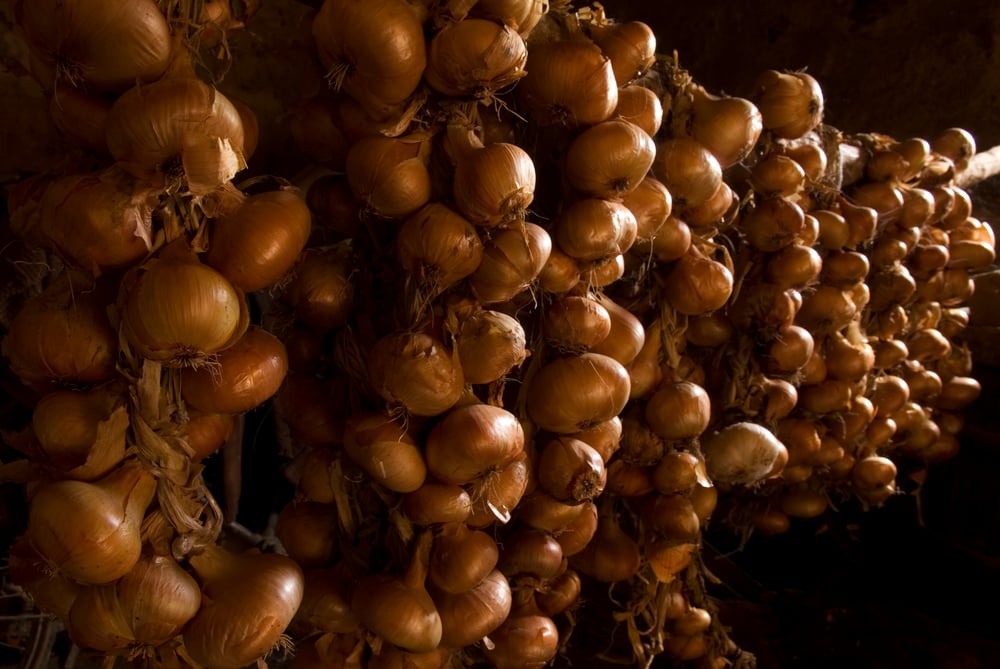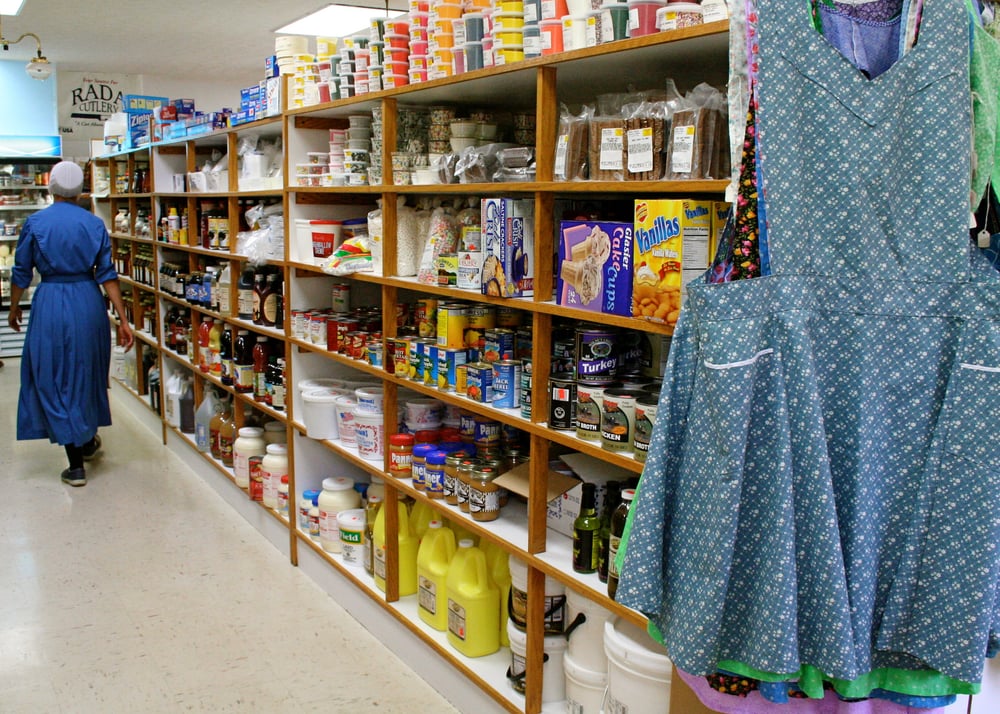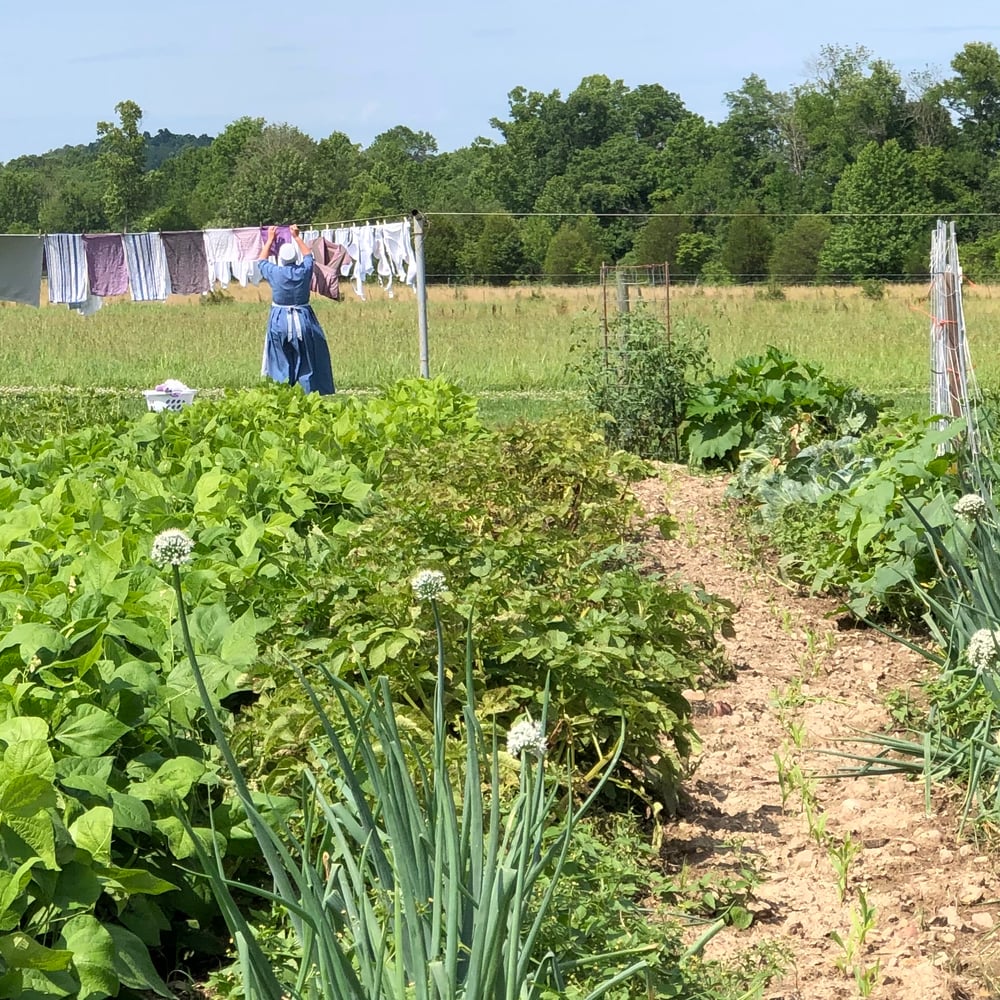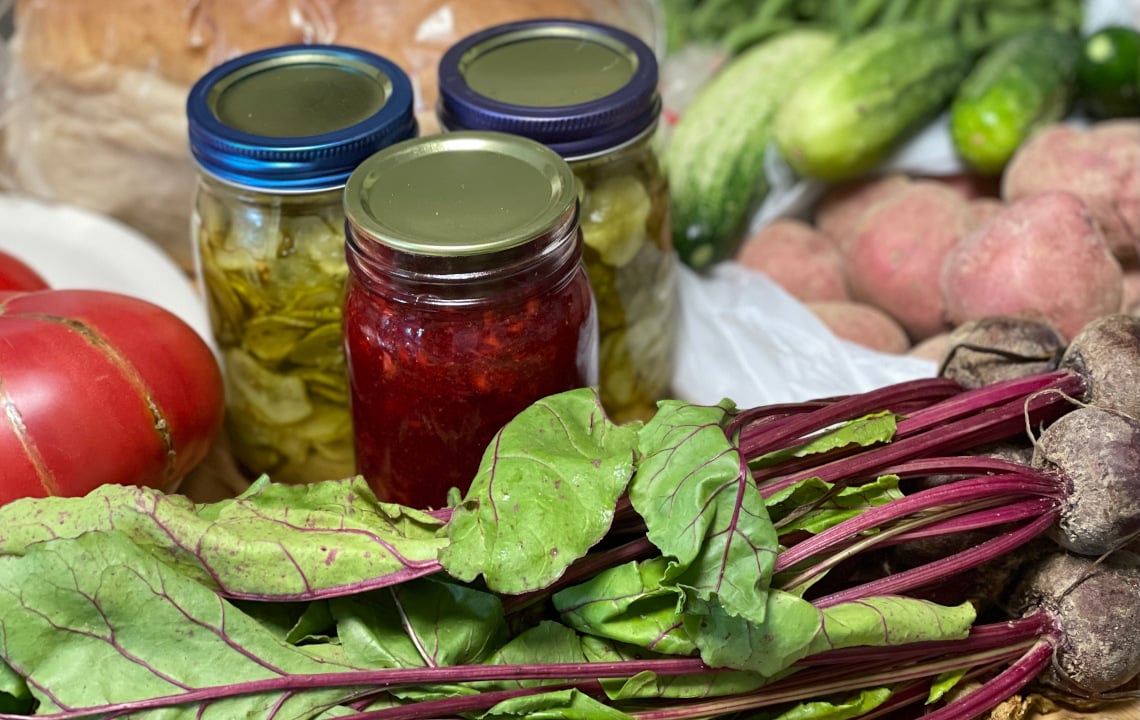Looking for ways to cut costs and save money at home? Farm wife Catherine Pond shares her advice on how country folks can take advantage of their rural locations to save money on food and supplies...even without farming.
If you live in the country, one of the best things you have going for you and your family is the lower cost of living. And you can do many easy things to save and provide, even if you’re not farming.
Not everyone can grow or raise their own food, even if they have a country place. But rural environments afford us all certain perks that are harder to find in the city or suburbs.
Whether you’re cooking for two, five or more, it is possible to thwart inflation with your food budget, but it involves careful planning and shopping, a bit of money at the front end, and, yes, some cutbacks.
Few of us experienced wartime rationing in the twentieth century, but you can approach supply chain issues and rising food costs in a similar way.
This article shares some easy fixes and changes that will help bring down food costs, even if you just adopt a few.
Prepare with Food Storage Prep
- Buy a chest freezer for all of those great sales and stock-ups! They're not that expensive and you may even be able to find one used.
- If you don’t have a pantry, convert a closet with additional shelves for dry food storage. Food should be stored in a dry climate-controlled environment that is not too hot or cold.
- Purchase foil or plastic freezer containers for food prep: the dollar stores are the best place to buy these things affordably.
- Not into plastic? You can also freeze food in Mason Jars. Just be sure you leave at least a couple of inches of headspace when freezing liquids.
- If you have a large chest freezer or several, it might be wise to invest in a generator.
- Menu plan, especially if you are cooking for a family, and choose a day or part of the day on the weekend to prepare as much food as you can for the week — or get together with friends and have everyone be responsible for the ingredients and preparation for one freezer dish, bringing enough to prepare for everyone. You’ll go home with your own dish, plus a few more for the freezer! This saves money and time — and casseroles, chili, homemade soups, stews and braises can be affordable and healthy ways to eat.
- Store squash, potatoes, onions and other root vegetables in bulk in a cool part of your house or cellar. Many southern homes in rural areas come with root cellars or storm shelters that provide the perfect environment to store food like this. You can use wooden shelves in a sustained temperature and humidity situation: if you inherited one with your property purchase, clean it out and utilize it! Basements can also be good, but you have to watch humidity levels.

7 Ways To Save On Food Right Away
- Do without or just make do: eat less, make more at home and avoid trips to the store to buy just one ingredient. Get creative instead.
- Don’t waste food: eat up leftovers and at the very least compost or feed your animals with extras if appropriate. If you still “over prepare” like I do, as we are empty-nesters, put extra in the freezer or bring your leftovers to a neighbor [they won’t forget your kindness!].
- Consider eating less meat and dairy as they are among the most expensive food items.
- Cut out purchasing processed and frozen prepared foods, which are more expensive.
- Suspend any mail-order food service.
- Support your local farmers and stores but don’t resist a good deal from an online vendor — and the delivery for larger items makes it easier, especially in our more remote rural areas.
- Dine out as an occasional treat vs. daily or weekly (this includes fast food!).
General Food Shopping Tips for Maximum Savings
Seek out smaller farm stands and produce markets, and support local growers as much as possible. Trucked-in food is more expensive and certainly not as fresh. This also helps insulate you from supply chain issues or transportation strikes.
Buy in bulk and watch for sales in your local grocery flyers — It is still possible to occasionally find a 10 for 10 offerings or 4 for $5. Watch for things like:
-
- Canned tomatoes
- Canned vegetables
- Canned soup
- Canned fruit
- Canned beans
- Boxes of pasta
- Bags of frozen vegetables
- We often get our favorite brand of coffee on sale, too, but we wait for the sale and then stock up.

- Utilize outside delivery and in-store savings with a free member card or credit card through the store — If your local food chain offers outside pickup, take advantage of it. We recently discovered that with a store-generated credit card (deliberately with a small credit limit!), we get a certain percentage off every time we shop, free delivery to our car and amazing gas reductions at their pumps. So it’s a win-win. I have not been in a large box store for over a year, mainly because of Covid but because I know I will impulse buy. If I order what I need on sale a few times a month, I avoid going to the store and other temptations aside from what we actually need.
- Find and utilize a good bulk food store — If you are fortunate to live within driving distance of an Amish or Mennonite bulk food store, these are great places to purchase affordable dry staples like rice, pasta, and most baking supplies. If you bake, buy flour and sugar in 10 or 20# amounts or more. Often, they will special order for you at their savings (I do this with a brand of bulk flour that I can’t do without here in Kentucky and butter, which beats the occasional bigger store sale price).
- Utilize salvage stores — these can be found in rural areas, and each varies in prices and offerings, but they are a great place to buy in bulk as long as you check expiration dates and package conditions. As with a larger store, resist impulse buying and stick to brands you regularly use or that you’re willing to try.
- Beware of potential “savings“ at the larger food clubs — My advice would be to eliminate your memberships: do you ever wonder why you can’t leave the building without spending at least $200? There’s a reason for that: psychologically, you think you’re saving on certain items, but if you compare them to your local markets or your local market sale flyers, you really aren’t.
You might go in for a few items but come out with many more because that’s the psychology that they count on: they sell a membership, so you think already that you are saving in an “exclusive” club, and then they tempt you with “bulk” amounts, and prices.
You can save on certain items that you regularly use, as long as you’re not impulse buying, but be vigilant and compare prices with your regular stores. Online ordering can also help with this. And ask yourself if the drive to a metro area from your tranquil country home is really worth your time and money, and gas, to “save” on a few items.

It's Not Too Late To Do Some Seasonal Canning - And Support Your Local Farmers!
- If you are within easy driving distance of an Amish or Mennonite community, now peppered in rural areas across the country, chances are you have access to a produce auction. These occur several times a week throughout a growing season and provide an excellent opportunity to bid on fresh, local produce at wholesale prices. Go with a friend if you might not need the entire largesse! It’s not too late to put up more seasonal produce this autumn — like applesauce for your freezer or pantry by canning it!
- If you live near a local farmer, you can often make deals for seconds: friends of ours raise peppers for a large store chain and still pick into September — every year, I ask for two bushels of seconds, and they charge me very nominally. [If you’ve looked at the price of sweet peppers lately in the store and other produce, this kind of local trading is opportune.] I take the flatter-bottomed ones to make stuffed peppers for the freezer and the oddly shaped ones for slicing into fajita strips or chopping: all for the freezer for winter meals. You can do the same with tomatoes, corn and other vegetables.
- Buy all or part of a cow, pig or sheep. We raise a few of our own beef cattle and recently took a steer to the butcher and got over 400 pounds of meat in various cuts, with at least half as hamburger, for $500. Consider splitting the costs with someone else. You can find cow shares/cow pools, lamb shares, poultry shares or pig shares through your local farming community or sites like eatwild.com.
Other Ways You Can Save At Home
- Turn off lights when not using a room: Same with televisions or fans, which can present a fire risk if not attended.
- Adjust your HVAC system to 72 in the summer and winter.
- Have your HVAC system checked and cleaned yearly for maximum efficiency.
- Consider canceling some media/entertainment subscriptions in favor of reading more books and listening to Podcasts.
- Whenever you can, turn off the HVAC and open your windows wide! I love the spring and fall months on our Kentucky farm because there are often long stretches where I have the HVAC off and rely on the breezes and fresh air to cool the house or keep it comfortable.
- Investigate solar options with several estimates from different Southern solar companies: they will make on-site visits and estimates — it might be a good option for your farm or land.
- When you replace a water-using appliance, consider water-efficient models for laundry and dishwashing.
- Hang certain clothes and heavy bedding outdoors or on drying racks.
- And don’t forget your household staples. Our local chain market regularly offers our favorite laundry detergent, toilet paper and paper towels on sale.
- Consider ordering your pet supplies online: I appreciate that I don’t have to lug a 40-pound bag of dried kibble in and out of my car when delivered to my porch, and online prices are generally better for pet food.
- Recycle your clothes: Consider adding a few items a year if necessary, have a staple wardrobe, and either sell or donate the rest. If you have young children, have basic things, and willingly accept hand-me-downs or donations from friends.

In sum, you can live and make do on much less.
Economizing doesn’t have to be strict and unpleasant: if strategic, it will give you more money to save and more time in your week. But also, don’t forsake the occasional treat: a meal out, ice cream, or a great dessert (preferably homemade!).
And, if you have the land and the inclination, it’s not too soon to start planning next year’s garden! Order some seed catalogs, have fun pouring through them, and order in the colder, more gloomy, but cozy months ahead.

























